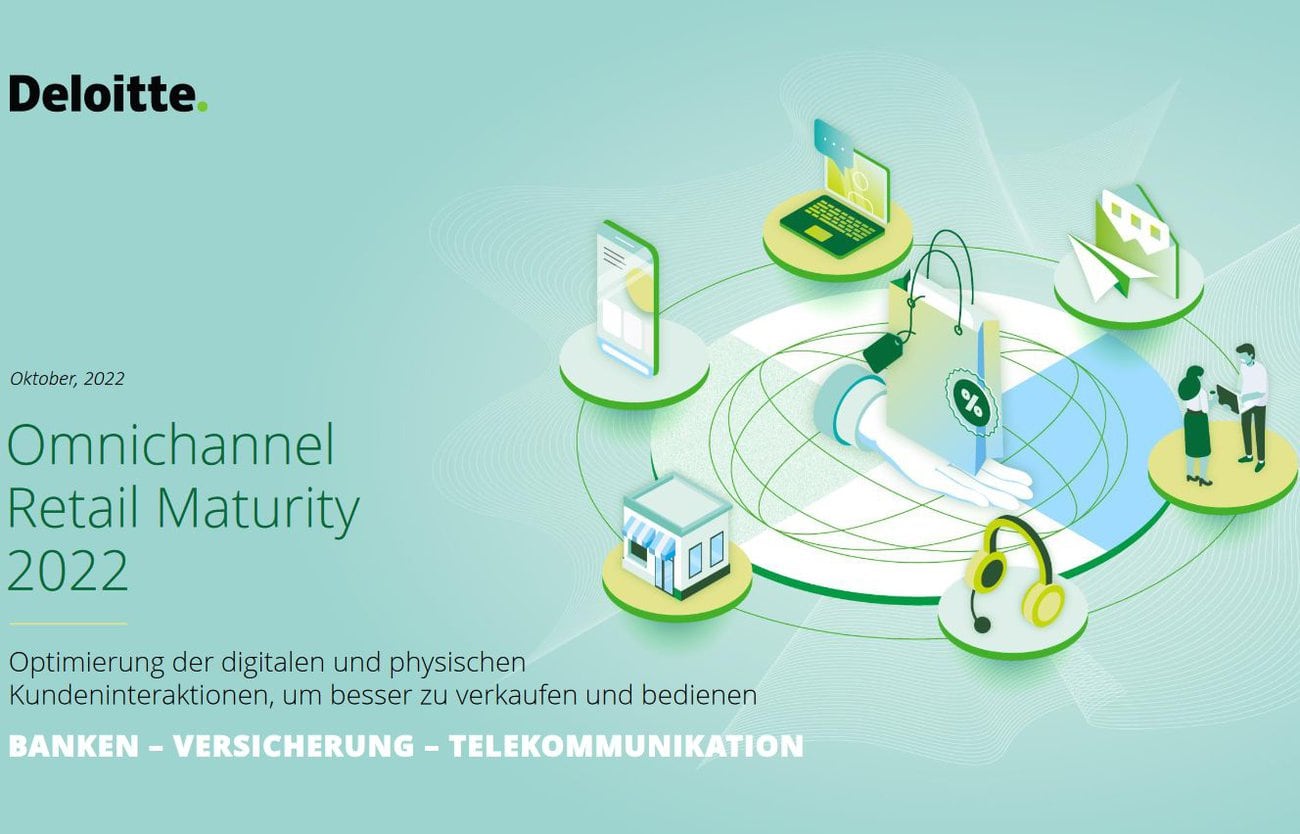Deloitte study: Omnichannel improves the customer experience
In a new study, Deloitte examined the influence of an omnichannel strategy on success in various industries. Werbewoche.ch spoke to an expert about this.

It became apparent: The younger generations are increasingly active and have different needs when it comes to staying in touch with companies. They appreciate customer service across multiple channels and digitization in personal contact, because they are not mutually exclusive - but function in parallel.
For example, 85 percent of Millennials and Generation Z, born after 1980, prefer to stay in touch with a company through multiple channels. However, one in two of them finds it important to be able to see a customer service representative in person when needed. One possibility, for example, is for employees to share a digital screen with customers. This is because they are also 1.5 times more likely to pre-sell cross-sell offers, collect contact details and follow up later.
Advertisingweek.ch spoke with Roger Lay, Deloitte Partner for Digital Marketing, about the key findings of the study:
Werbewoche.ch: Mr. Lay, you studied customer service in various industries in 21 countries. What surprised you most about the results of the study?
Roger Lay: The study shows how all three industries (banking, insurance & telcos) are relatively similar in certain aspects of an omni-channel proposition: Although the digitalization maturity for web and mobile is definitely different in these industries (and in many places already very mature), there is still a bigger gap when it comes to consulting with customers across all channels in a consistent and contextually relevant way. Data collected in one place just doesn't seem to be considered in the other.
How does Switzerland compare internationally - where are the biggest to-dos still?
Overall, Switzerland is quite comparable with the other European countries and often ranks in the middle. At the industry level, however, there are definitely differences: for example, in the insurance industry, quoting and the conclusion of more complex product contracts via purely digital channels is not yet as common as in England. In addition, customer centricity is very much channel-driven and not cross-channel. The biggest to-dos are probably company-dependent. In general, however, it can be said that these are located in the definition of an overarching experience strategy so that customer and marketing data from all channels can be collected, structured, processed, analyzed, and the respective insights then effectively orchestrated to all interaction channels.
What opportunities are there for companies in the evolution of customer needs toward omnichannel?
Companies can thus form a much closer relationship with customers. They can respond much better and faster to customers' needs through the insights gathered in the interaction channels. This helps to avoid drop-outs, conduct business more successfully, and make cross-selling and upselling more automated - just to name a few examples. In other words, productivity increases and transactional NPS is boosted, leading to a higher top line overall. In addition, employer attractiveness also increases and onboarding of new employees becomes more efficient. It should also be remembered that a lot of paper can also be saved in terms of environmental protection and sustainability.
Here you can download the report.








